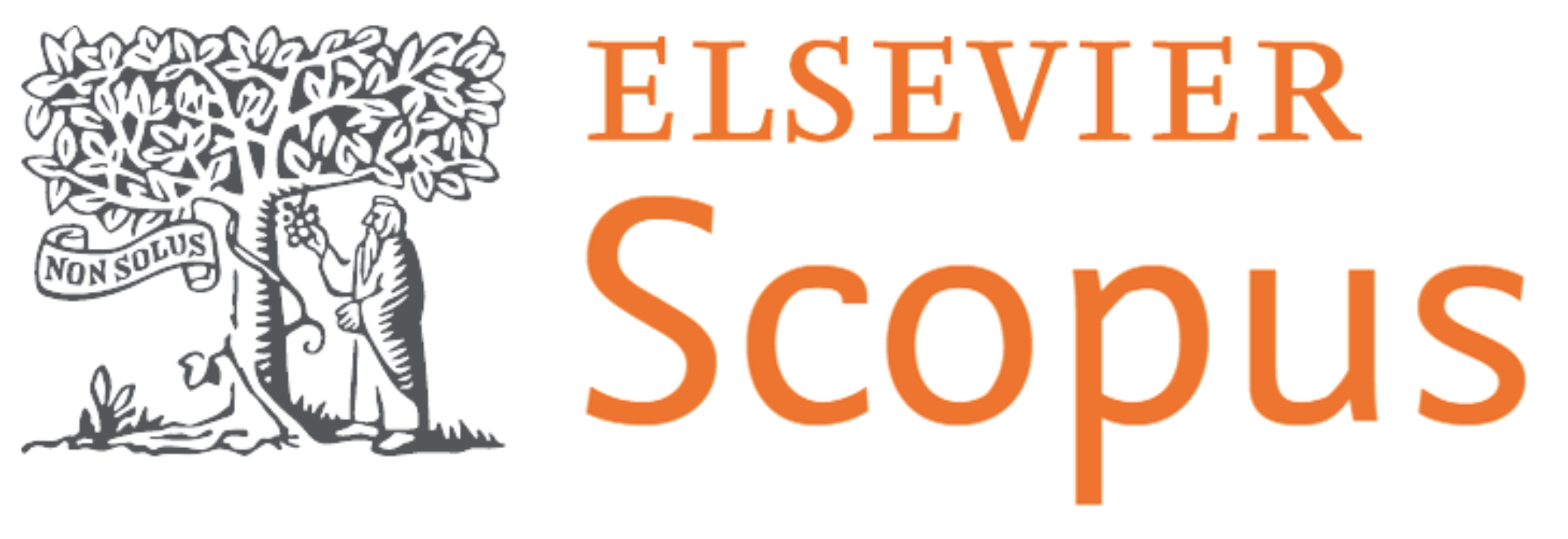Ichthyofauna composition and structure of the Xambre Pond Marginal Area, Ilha Grande National Park, PR, Brazil
DOI:
https://doi.org/10.17765/2176-9168.2009v2n1p141-153Keywords:
Lagoas, Planície de Inundação, Alto Rio Paraná, Peixes, Ponds, The Floodplain, Alto Paraná River, Fish.Abstract
The purpose of this study was to identify ichthyofauna of the marginal areas of the XAMBRE pond, the floodplain of Alto Paraná River, in the Parque Nacional de Ilha Grande, evaluating the structure with the fish size. Fish were collected bimonthly during the period of April 2005 to February 2006, using the trawl operated in the left marginal area of the pond, during the dusk (19.00h). There were collected 1720 individuals, totaling thirteen species, distributed in four orders and five families. The orders were the most representative of Perciformes (66%) and the Characiformes (31%), and the species that is most prominent in the catches were Plagioscion squamosissimus, Hyphessobrycon sp. and Aphyocarax dentatus. Most species were considered constant, such as Hyphessobrycon sp. and Moenkhausia aff. sanctaefilominae. Regarding the structure of the ichthyofauna sampled in length, it was found that the majority of species collected were small individuals (less than 12 cm), indicating that these marginal areas are sites of colonization of large young species and habitats of species that complete its entire life cycle in these shallow areas.Downloads
Published
2009-04-27
How to Cite
Delariva, R. L., Canteri, F. C., Sanches, P. V., & Baumgartner, G. (2009). Ichthyofauna composition and structure of the Xambre Pond Marginal Area, Ilha Grande National Park, PR, Brazil. Revista Em Agronegócio E Meio Ambiente, 2(1), 141–153. https://doi.org/10.17765/2176-9168.2009v2n1p141-153
Issue
Section
Environment
License
A Revista se reserva o direito de efetuar, nos originais, alterações de ordem normativa, ortográfica e gramatical, com o intuito de manter o padrão culto da língua, respeitando, porém, o estilo dos autores. As opiniões emitidas pelos autores são de sua exclusiva responsabilidade.Os direitos autorais pertencem exclusivamente aos autores. Os direitos de licenciamento utilizado pelo periódico é a licença Creative Commons Attribution
 Creative Commons Atribuição 4.0 Internacional. São permitidos o compartilhamento (cópia e distribuição do material em qualquer meio ou formato) e adaptação (remixar, transformar, e criar a partir do trabalho, mesmo para fins comerciais), desde que lhe atribuam o devido crédito pela criação original.
Creative Commons Atribuição 4.0 Internacional. São permitidos o compartilhamento (cópia e distribuição do material em qualquer meio ou formato) e adaptação (remixar, transformar, e criar a partir do trabalho, mesmo para fins comerciais), desde que lhe atribuam o devido crédito pela criação original.










